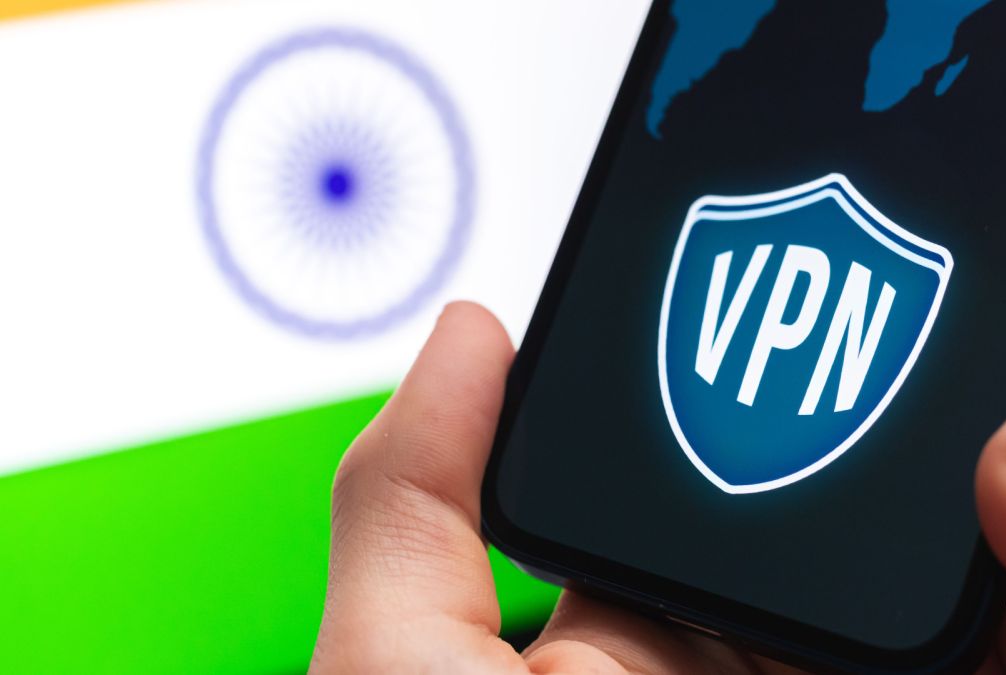It’s hard to describe how a VPN works unless some technical details are involved. However, for those who just want the basics, a VPN creates a secure tunnel from your device to the VPN server, straight to the World Wide Web.
In more detail, a VPN starts by establishing a protocol from your device. The protocol will set up how data is transferred from your device to the port. There are several major VPN protocols that are common, although each has its own advantages and disadvantages.
Commonly used VPN protocols
While there are many communication protocols, there are a few mainstream protocols that are universally supported regardless of the VPN service brand. Some focus on speed, some on stability, some on safety, and some on simplicity. How to choose is a matter of personal preference, so if you plan to use a VPN, these may be some of the things you need to focus on.
In conclusion –
OpenVPN OpenVPN is an open source protocol with average speeds but strong encryption support.
L2TP/IPSec: Fairly common, good speeds, but easily blocked by some sites that don’t like VPN users.
SSTP: Less common, not much to recommend it other than good encryption.
IKEv2: Very fast connections, especially for mobile phones, but a weaker encryption standard.
PPTP: Very fast, but has been riddled with security holes over the years.

